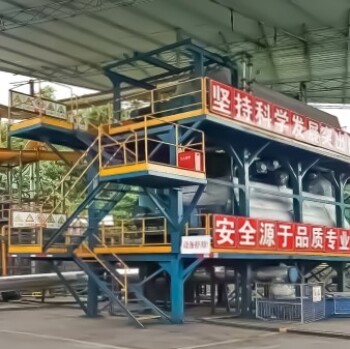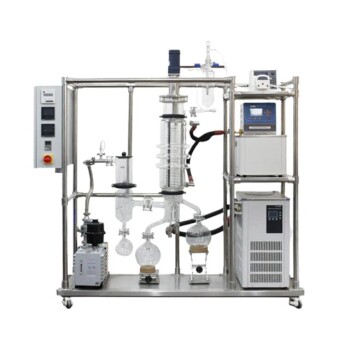Catalytic pyrolysis of lignocellulosic biomass is a process that involves the thermal decomposition of biomass in the presence of a catalyst to produce upgraded pyrolysis products.
This method is employed to overcome the limitations of conventional pyrolysis, which yields products with high oxygen content, leading to issues like high corrosiveness and low heating value.
5 Key Points Explained

1. Composition of Lignocellulosic Biomass
Lignocellulosic biomass is primarily made up of three components: hemicellulose, cellulose, and lignin.
These biopolymers undergo decomposition when heated, leading to the formation of a solid residue (char), a condensable vapor fraction (containing water and organic species), and a non-condensable gaseous phase.
2. Conventional Pyrolysis Limitations
The products obtained from conventional pyrolysis often have high oxygen content.
This results in drawbacks such as high corrosiveness and low energy content.
These characteristics make the products less desirable for certain applications, particularly in energy production and chemical synthesis.
3. Role of Catalysts in Catalytic Pyrolysis
Catalysts are introduced to address the limitations of conventional pyrolysis.
They help in optimizing the selectivity of the reactions and in removing oxygenated groups from the pyrolysis products, thereby enhancing their quality.
Catalysts are typically not used in slow pyrolysis or torrefaction, but their use in fast pyrolysis has shown potential.
The catalysts can be either inherently present in the biomass (such as alkali and alkali-earth metals) or externally added.
4. Mechanism of Catalytic Action
In fast pyrolysis, an intermediate liquid compound (ILC) is produced.
This liquid can come into contact with the catalysts more effectively than the solid biomass, allowing for a more catalytic effect.
The ILC and vaporized volatiles can be directed to contact an added catalyst, enhancing the conversion process and the quality of the final products.
5. Challenges and Developments in Catalyst Use
Traditional commercial catalysts, such as those used in petrochemical industries, have limitations when applied to biomass due to the bulkiness of biomass molecules and the narrow pores of these catalysts.
Recent developments suggest the use of catalysts with multidimensional porosity, such as hydrochar/zeolite composites, which can better accommodate the large molecules found in biomass and improve the efficiency of the catalytic pyrolysis process.
Continue Exploring, Consult Our Experts
Discover the transformative power of advanced catalytic pyrolysis with KINTEK SOLUTION's cutting-edge technologies.
Our innovative solutions optimize lignocellulosic biomass conversion, delivering upgraded pyrolysis products with reduced oxygen content and enhanced heating values.
Elevate your research and production processes – let KINTEK SOLUTION be your partner in unlocking the potential of sustainable energy and chemistry.
Explore our range of catalysts and systems today and take the first step towards a greener future!











